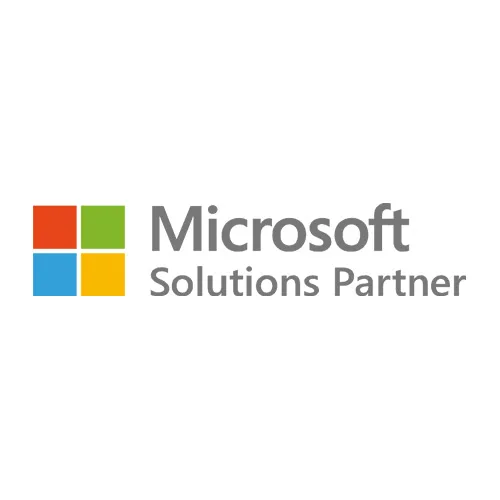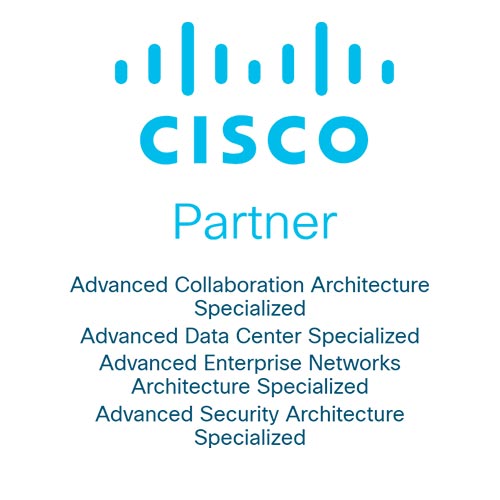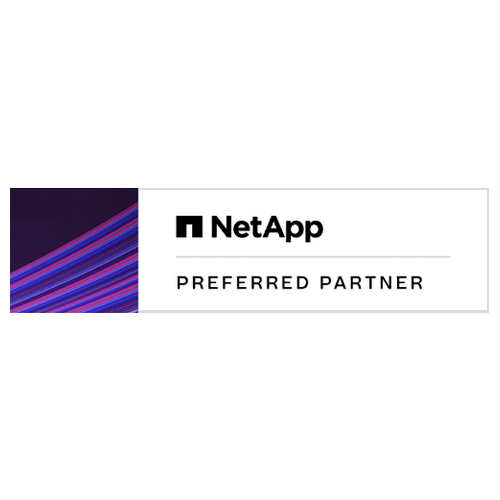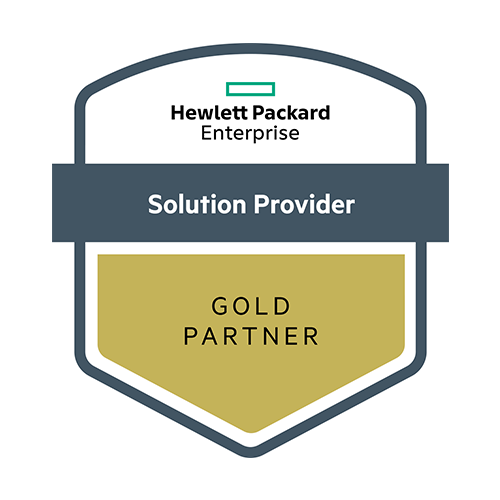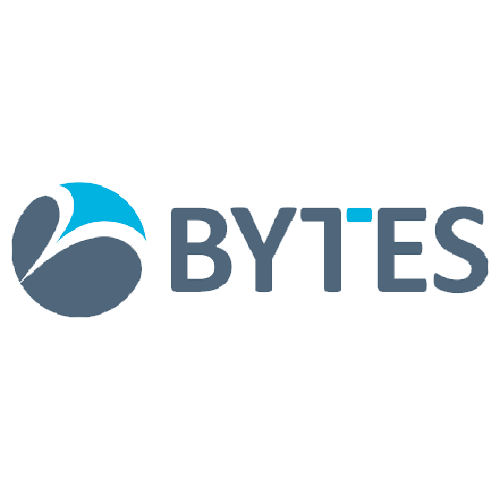Harness the agility of the cloud to deliver your business strategy
At Daisy, we design, build, and manage robust and reliable hybrid cloud environments, helping you bridge the gap between private, shared, and public platforms. Delivering optimised, coherent solutions we give you full control over performance, security, and service levels, at minimum cost.
Our Solutions
Ask the expert
As a Microsoft Cloud Services Provider (CSP), we can help you leverage all the benefits of Microsoft Azure safely. In addition, we can provide a wealth of value-added services to ensure your cloud environment delivers the functionality and agility for digital working, along with the resiliency and security to protect your business.
We also specialise in a number of Software as a Service (SaaS) solutions whether it’s in our own UK-based cloud or in public clouds, we can host any application and publish it to the web or your desktop. Whether you’re an independent software vendor or applications provider needing a host, or you’re an organisation with a valuable application that doesn’t fit in your internal infrastructure, our cloud services are perfect for you too. Benefit from our business understanding, nationwide infrastructure and flexible pricing models, together with the resilience, security and support that we are able to deliver to every customer.
Microsoft New Commerce Experience (NCE)
Seat-based offers
Microsoft has launched the New Commerce Experience (NCE) to simplify and streamline the customer experience and adapt to meeting the current business needs of organisations of all sizes. As part of the NCE, there will be a change in how you and your business purchase Microsoft online services including: Dynamics 365, Office 365, Microsoft 365 and Window 365. Find out more here

“Today, to manage the built environment effectively, you have to digitise it in some way. We’re training drone pilots to give us digital images of areas… putting GoPro cameras on the front of trains to survey lines. It’s becoming much more of a digital environment. For us, it’s about using tools to get a better view or control of scope and scale.”
Bill Price, Systems and Technology Director at Costain
Cloud tailored to your business
We have more than 30 years’ experience managing customer infrastructures thanks to a UK-wide workforce, skilled across multiple cloud technologies.
Whatever the makeup of your IT environment, whatever your objectives, whatever your regulatory pressures, and whatever your attitude to risk, we can help.
There is no single cloud solution that fits all requirements. As a cloud service provider, we leverage the best of hyperscale public cloud services as well as our own secure UK-based platform to deliver your business applications in an optimised environment.
As more organisations adopt hybrid and multi-cloud deployments, our cloud services help you focus on your business strategy, reaping the rewards of productivity and efficiency from the cloud, while we manage the underlying technology that delivers it.







